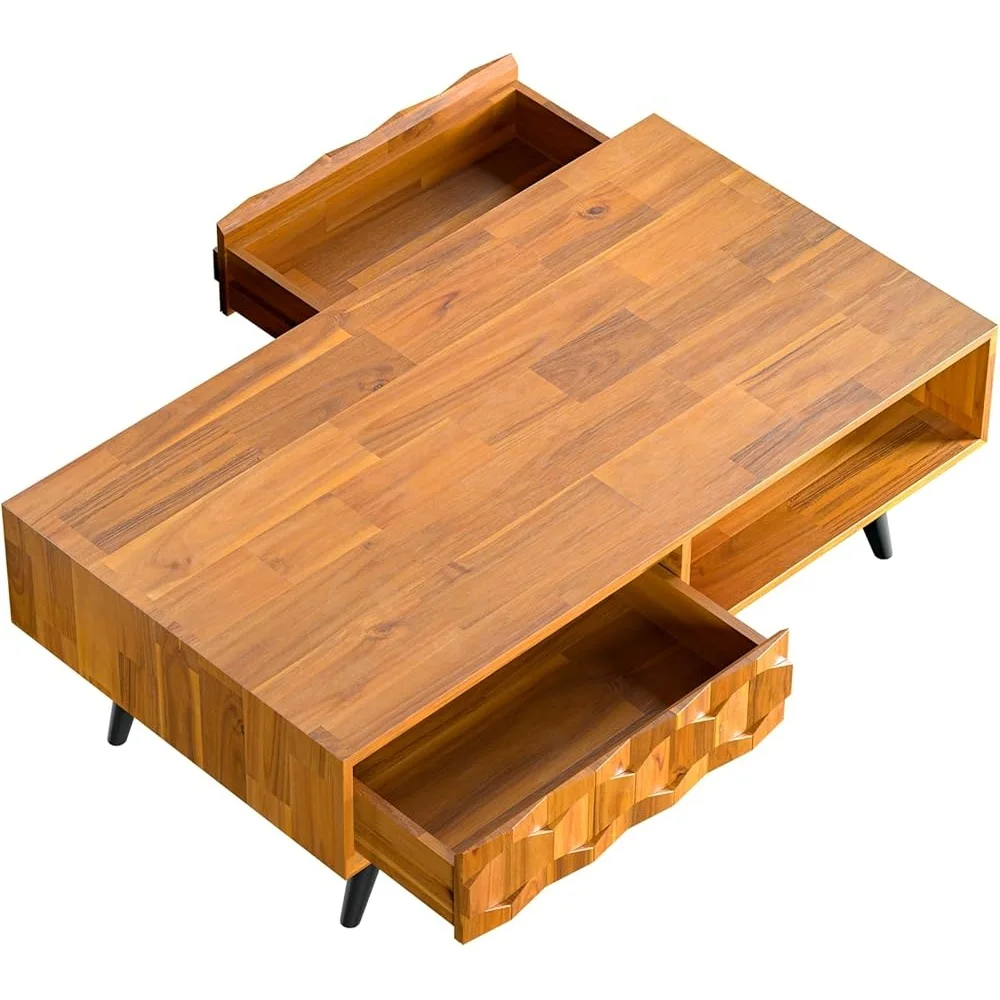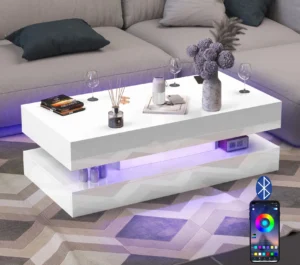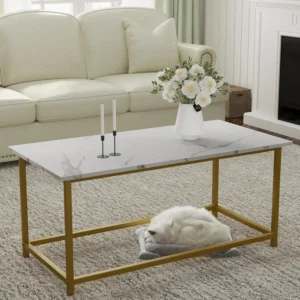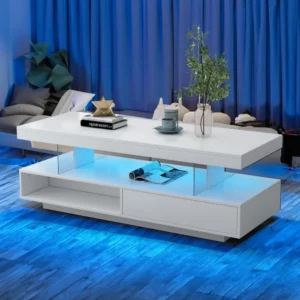Introduction: The Timeless Appeal of Teak Furniture
Few materials in the world of furniture have maintained their allure and desirability quite like teak wood. For centuries, this remarkable hardwood has graced homes, ships, temples, and palaces, standing as a testament to both natural beauty and unparalleled durability. Teak furniture represents more than just functional pieces—it embodies a rich heritage of craftsmanship and design that spans continents and generations.
Teak (Tectona grandis) has earned its reputation as the premier choice for fine furniture through its exceptional combination of qualities. Its natural oils resist water damage and repel insects. Its tight grain provides remarkable strength. Its warm golden-brown hue develops a distinguished silver-gray patina over time. These inherent characteristics have made teak not just a material for building furniture, but a medium for artistic expression across diverse cultures and design movements.
From its ancient roots in Southeast Asian temples to its starring role in intelligent black mid-century coffee tables, teak’s journey represents a fascinating intersection of utility, artistry, and cultural exchange. What follows is an exploration of how this remarkable wood has shaped furniture design throughout history and continues to influence modern aesthetics. Some teak pieces crafted over a century ago remain as functional and beautiful today as when they were first created—a quality few other materials can claim.
The Natural Qualities of Teak: Foundation for Its Historical Significance
Teak’s remarkable physical properties form the foundation of its historical importance and continuing appeal. Understanding these qualities helps explain why civilizations across time have prized this wood above all others:
Exceptional Durability: Teak contains natural rubber and oils that make it incredibly resistant to rot, decay, and water damage. While many hardwoods deteriorate within 10-15 years of outdoor exposure, teak can last 50+ years in the same conditions.
Natural Weather Protection: The high oil content (particularly tectoquinones) and silica in teak create a natural water-repellent surface that requires minimal maintenance. This oil remains in the wood even after processing.
Dimensional Stability: Unlike many woods that warp, crack, or split when exposed to changing humidity, teak maintains its shape remarkably well. This stability makes it ideal for both structural and decorative applications.
Workability: Despite its density (with a Janka hardness rating around 1,000 lbf), teak can be shaped through both traditional hand-carving techniques and modern machining methods, allowing for intricate designs.
Aesthetic Appeal: Teak possesses a warm golden-brown color with straight grain patterns occasionally interrupted by swirls and burls that add character. Over time, it develops a distinguished silver-gray patina that many furniture enthusiasts prize.
These inherent qualities explain why teak became the preferred choice for everything from temple doors that withstood monsoon seasons to top teak coffee table styles that remain popular today. The definitive guide to teak grain reveals how these natural characteristics have influenced furniture design across centuries and cultures.
Ancient Origins: Early Uses of Teak (pre-17th Century)
Teak’s story begins in the tropical forests of Southeast Asia, primarily in regions that today include Myanmar (formerly Burma), Thailand, India, and Indonesia. These areas provided the perfect growing conditions for teak trees, which require significant rainfall but also a distinct dry season to develop their characteristic properties.
Sacred and Royal Applications
In its native regions, teak was quickly recognized as superior to other woods. Archaeological evidence reveals teak components in ancient Hindu temples dating back over a thousand years, with some structural elements remaining intact despite centuries of exposure to harsh monsoon conditions. The wood’s resistance to termites—a persistent threat in tropical regions—made it particularly valuable for important buildings.
Teak also featured prominently in palace construction and royal furnishings throughout Southeast Asia. Kings and nobles commissioned elaborate teak furniture, recognizing both its durability and the status it conveyed. Intricately carved teak panels, doors, and columns became symbols of wealth and permanence.
Maritime Heritage
Perhaps most significantly, ancient shipbuilders discovered teak’s exceptional properties for vessel construction. Traditional boats throughout Southeast Asia incorporated teak for critical components that needed to withstand constant water exposure. The wood’s natural oils prevented rotting and repelled marine organisms that typically damaged other wooden vessels.
The cultural significance of teak in these early civilizations extended beyond practical applications. In many traditions, teak trees themselves were considered sacred or symbolic, with their longevity and strength representing positive spiritual qualities. This cultural heritage would eventually influence how styling black mid-century coffee table designs incorporated teak’s natural beauty centuries later.
Colonial Expansion: The Global Spread of Teak (17th-19th Centuries)
The story of teak’s global journey begins with European colonial powers’ arrival in Southeast Asia during the 17th century. These newcomers quickly recognized the exceptional qualities of teak that indigenous populations had valued for centuries.
Maritime Dominance
European naval powers—particularly the British, Dutch, and Portuguese—faced constant challenges maintaining wooden ships in harsh ocean conditions. When they encountered teak, they discovered a revolutionary material for shipbuilding. Naval records from this period document teak-built vessels remaining seaworthy for decades longer than those constructed with European oak or other traditional shipbuilding woods.
The British East India Company became particularly invested in securing teak supplies for its extensive fleet. By the late 18th century, colonial authorities established the first formal teak plantations in India and Burma, implementing forestry management systems specifically designed for teak cultivation. This marked the beginning of teak’s transformation from a regional resource to a global commodity.
Colonial Furniture Evolution
As European presence in Southeast Asia expanded, colonial furniture styles emerged that blended Western designs with local materials and craftsmanship. Distinctive “Anglo-Indian” and “Dutch Colonial” furniture combined European forms with teak construction, creating pieces that could withstand tropical climates while maintaining familiar aesthetics for colonial administrators and merchants.
These colonial-era designs laid important groundwork for future furniture styles. The durability demonstrated by these pieces contributed to teak’s growing reputation worldwide. Today, our mid-century modern teak coffee tables collection showcases how those early influences evolved into distinctive twentieth-century designs that continue to resonate with furniture enthusiasts.
The Rise of Teak Furniture: From Utilitarian to Decorative (Late 19th-Early 20th Century)
As the 19th century progressed, teak began a significant transition from primarily utilitarian applications to becoming a sought-after material for fine furniture. This shift coincided with broader changes in design philosophy and global trade patterns.
The Arts and Crafts Influence
The late 19th century Arts and Crafts movement, with its emphasis on natural materials and honest craftsmanship, helped elevate teak’s status in furniture design. Rather than disguising materials under heavy finishes and ornate carvings, this movement celebrated wood’s natural beauty—a philosophy perfectly suited to teak’s attractive grain and color.
Furniture makers during this period began designing pieces that highlighted teak’s inherent qualities rather than attempting to make it mimic more traditional European woods. This approach represented a significant departure from earlier colonial furniture, which often imposed European aesthetic sensibilities regardless of material.
The Garden Furniture Revolution
Another important development during this period was teak’s emergence as the premier material for garden and outdoor furniture. The wood’s natural weather resistance made it ideal for this purpose, and manufacturers began producing dedicated outdoor collections. These pieces—from simple benches to elaborate garden sets—demonstrated teak’s versatility and practical advantages.
Early garden furniture manufacturers established design principles and construction techniques still evident in outdoor teak furniture today. The natural weathering process that transforms teak from golden brown to silvery gray became appreciated rather than avoided, with many pieces specifically designed to showcase this aging process.
This transitional period laid essential foundations for what would become teak’s golden age in furniture design. By the early 20th century, teak had established itself as a premium material associated with both quality and sophisticated taste. Our collection of mid-century modern solid wood coffee tables reflects this tradition of highlighting natural materials’ beauty through thoughtful design.
Mid-Century Modern Revolution: Teak’s Golden Age (1940s-1960s)
The mid-20th century marked what many consider teak furniture’s definitive era—a period when this remarkable wood became synonymous with progressive, sophisticated design. This golden age perfectly aligned with the broader Mid-Century Modern movement’s core principles.
The Scandinavian Influence
Scandinavian designers, particularly from Denmark, embraced teak for its combination of workability, visual warmth, and durability. The Scandinavian design philosophy—emphasizing clean lines, functionality, and connection to natural materials—found its ideal medium in teak. These designers developed a distinctly modern aesthetic characterized by minimalist forms that showcased teak’s natural beauty rather than concealing it.
The resulting furniture featured elegant proportions, tapered legs, organic curves, and immaculate joinery. Designers typically applied minimal finishes, allowing teak’s natural oils to protect the wood while highlighting its warm color and grain patterns.
Defining Characteristics
Mid-Century teak furniture typically featured:
- Clean, unornamented lines with occasional organic curves
- Precise, visible joinery celebrating craftsmanship
- Minimal hardware, often integrated into the design
- Oil finishes that maintained wood’s natural appearance
- Modular and multifunctional designs reflecting modern lifestyles
- Emphasis on horizontal planes and floating elements
Popular forms included low-profile sideboards with sliding doors, expandable dining tables, sculptural chairs, and innovative storage systems. The most successful designs balanced visual lightness with structural integrity—a challenging feat that showcased the designers’ deep understanding of teak’s properties.
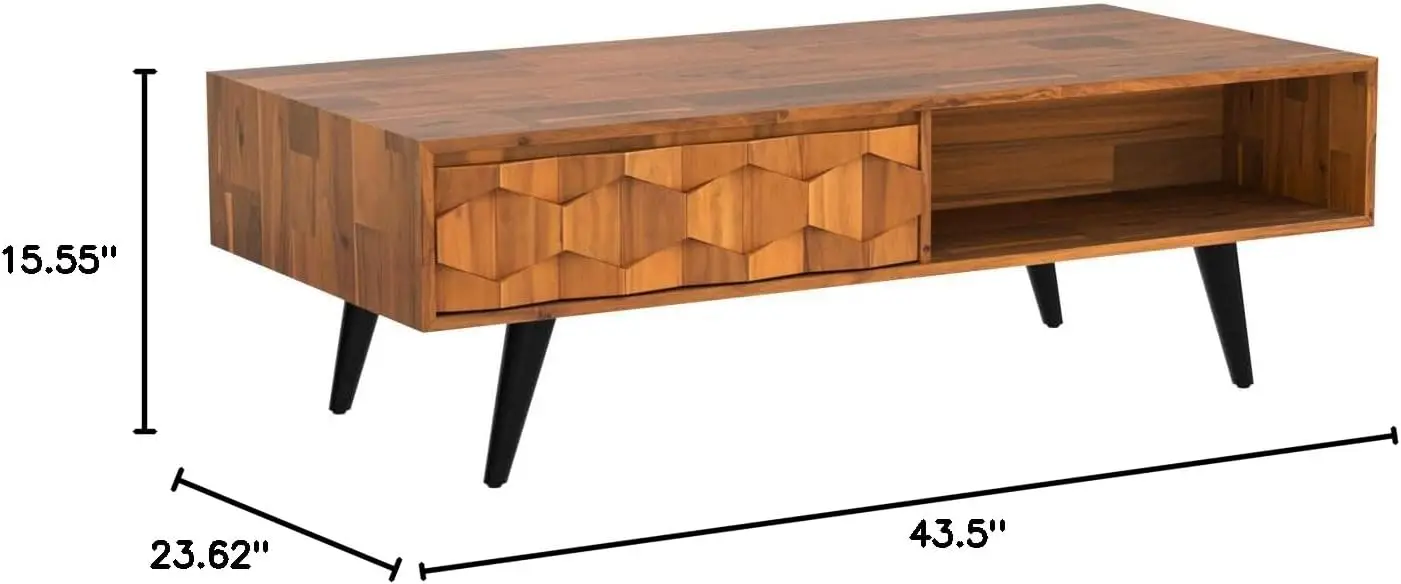
This influential period continues to inspire contemporary furniture design. Our black mid-century coffee table design collection and mid-century modern walnut coffee tables both reflect the enduring impact of this revolutionary design approach, which forever changed how we view both teak and modern furniture.
Regional Craftsmanship: Global Centers of Teak Furniture Production
Throughout history, distinct regional approaches to teak furniture have emerged, each contributing unique perspectives to the global understanding of this versatile material. These traditions reflect both cultural differences and the practical realities of working with teak in various environments.
Indonesian Mastery
Indonesia, particularly Java and the Jepara region, developed one of the world’s most distinctive teak furniture traditions:
- Elaborate hand-carved ornamentation showing influences from Hindu, Islamic, and local cultural motifs
- Traditional woodworking techniques passed through generations of artisan families
- Distinctive joinery methods adapted to tropical conditions
- Furniture designed for indoor-outdoor living in response to local climate
Indonesian craftspeople became particularly known for their ability to transform solid teak into intricately carved screens, bed frames, and storage pieces that showcased the wood’s sculptural potential.
Indian Tradition
India’s approach to teak furniture combines influences from multiple cultures:
- Mughal-inspired inlay work incorporating bone, mother-of-pearl, and metal
- Colonial-era fusion styles blending British forms with local materials
- Regional variations reflecting diverse cultural influences across the subcontinent
- Heavy, substantial pieces designed for multi-generational use
Many traditional Indian teak pieces feature ornate carvings telling stories from mythology or depicting natural scenes, creating furniture with both functional and narrative purposes.
Scandinavian Innovation
The Scandinavian approach to teak, which emerged more recently but became globally influential, offers a marked contrast:
- Clean, minimal designs emphasizing wood’s natural beauty
- Precision machine production combined with hand-finishing
- Functional innovations addressing modern living needs
- Oil finishes that enhance grain without altering color
This Scandinavian furniture for small homes tradition revolutionized teak’s global image, transforming it from an exotic tropical wood to a symbol of modern design sophistication.
Each regional tradition offers valuable perspectives on teak’s capabilities, from intricate ornamentation to streamlined simplicity, collectively demonstrating the material’s remarkable versatility.
The Cultural Impact of Teak Furniture: Status, Style, and Symbolism
Beyond its physical properties, teak furniture has carried profound cultural significance throughout its history. The possession and display of teak pieces have communicated social status, aesthetic sensibility, and even philosophical values across different societies and time periods.
Social Signifier
Historically, teak’s relative scarcity and exceptional durability made it a natural status symbol. In colonial Southeast Asia, teak furniture distinguished official residences and indicated administrative rank. In mid-20th century Western households, teak pieces—particularly Scandinavian designs—signaled cosmopolitan taste and modern sensibilities.
This status association extended beyond individual furniture pieces to entire design approaches. The clean lines and natural finishes of mid-century teak furniture represented a rejection of earlier, more ornate styles—making a statement about modern living and progressive values through material choice and design language.
Emotional Connection
Teak furniture often creates emotional resonance beyond typical consumer products. The material’s warmth, natural aging process, and exceptional longevity foster attachment and meaning. Many families treasure teak pieces as heirlooms, with furniture accumulating stories and significance through generations.
This emotional dimension explains why original mid-century teak pieces continue to command premium prices in the vintage market. Our mid-century modern vintage coffee tables collection reflects this enduring appreciation for authentic teak designs that carry cultural and historical significance.
Media Portrayal
Teak’s cultural impact extends into media representation, where it frequently appears as shorthand for sophisticated taste or design awareness. From mid-century films featuring teak-furnished modern homes to contemporary design publications highlighting both vintage and new teak pieces, the material maintains its position as a recognized symbol of quality and discernment.
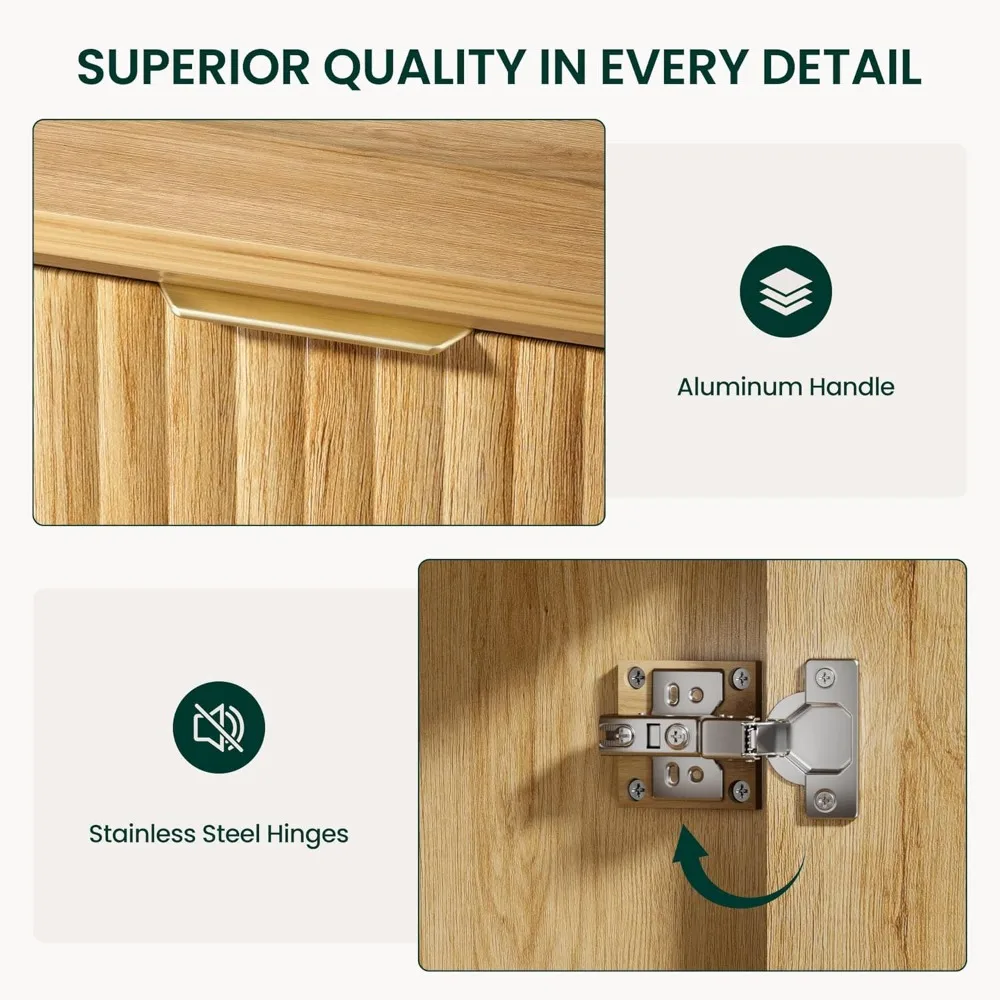
Contemporary Teak Furniture: Sustainability and Modern Approaches
Today’s approach to teak furniture balances appreciation for traditional craftsmanship with growing environmental awareness. This modern perspective has transformed both how teak is sourced and how designers work with this precious material.
Sustainability Challenges
The popularity of teak created significant environmental challenges:
- Depletion of old-growth forests in Southeast Asia
- Concerns about illegal logging in Myanmar and other regions
- Long growth cycles (20-25 years minimum) complicating sustainable harvesting
- Growing demand despite limited supply
These issues have prompted important changes in teak sourcing and production practices, with increasing emphasis on verifiable sustainability.
Responsible Solutions
The furniture industry has responded with several approaches to ensure teak’s future:
- Plantation-grown teak from carefully managed forests, primarily in Latin America and Africa
- Forest Stewardship Council (FSC) certification and other third-party verification systems
- Reclaimed teak from dismantled buildings, bridges, and boats
- Selective use of teak for critical components rather than entire pieces
These practices allow contemporary designers to work with teak while addressing environmental concerns that previous generations of furniture makers rarely considered.
Modern Design Innovations
Today’s teak furniture often features innovative approaches that both honor tradition and explore new possibilities:
- Hybrid designs combining teak with metal, glass, or synthetic materials
- Minimalist constructions that maximize material efficiency
- Weather-resistant finishes that maintain teak’s appearance while reducing maintenance
- Manufacturing techniques that utilize smaller teak sections effectively
These developments demonstrate that teak furniture continues to evolve. The features of black mid-century coffee tables often incorporate these contemporary approaches while maintaining connections to historical design traditions. Similarly, our mid-century modern Danish coffee tables collection shows how classic influences inspire ongoing innovation.
Mid-Century Modern Solid Wood Coffee Tables, Mid-Century Modern Teak Coffee Tables
$879.95 Select options This product has multiple variants. The options may be chosen on the product pageMid-Century Modern Danish Coffee Tables, Mid-Century Modern Oval Coffee Tables, Mid-Century Modern Solid Wood Coffee Tables
$390.05 Select options This product has multiple variants. The options may be chosen on the product pageMid-Century Modern Glass Top Coffee Tables, Mid-Century Modern Vintage Coffee Tables, Mid-Century Modern Vintage Side & End Tables
$725.36 Select options This product has multiple variants. The options may be chosen on the product pageMid-Century Modern Large Coffee Tables, Mid-Century Modern Rectangular Coffee Tables
$603.26 Select options This product has multiple variants. The options may be chosen on the product pageMid-Century Modern Marble Top Coffee Tables, Mid-Century Modern Rectangular Coffee Tables, Mid-Century Modern White Coffee Tables
Price range: $163.28 through $189.22 Select options This product has multiple variants. The options may be chosen on the product pageMid-Century Modern Rectangular Coffee Tables, Mid-Century Modern White Coffee Tables
$605.68 Select options This product has multiple variants. The options may be chosen on the product page
Teak’s Lasting Design Legacy and Future Directions
Teak’s influence extends far beyond furniture made from the wood itself. The material has established design principles and approaches that continue to shape contemporary furniture across all materials and styles.
Setting Standards
Teak established benchmarks for several key aspects of furniture design:
- Weathering gracefully: Teak’s natural patina process changed perceptions about how materials should age, inspiring finishes and treatments for other materials that mimic this natural evolution
- Structural honesty: The mid-century approach to teak, which celebrated rather than concealed joinery and construction details, influenced broader furniture design philosophy
- Balancing form and function: Teak’s workability allowed designers to create pieces that were both beautiful and practical, establishing an ideal that continues to guide furniture design
These contributions make teak significant beyond its physical presence in specific furniture pieces.
Cross-Material Influence
Many design principles first explored through teak have transferred to other materials:
- The warm minimalism of Scandinavian teak designs influenced furniture made from other woods, particularly walnut and oak
- Teak’s structural techniques informed metal furniture design, especially visible in mid-century pieces combining multiple materials
- The proportions and scale of classic teak furniture established standards that continue to influence contemporary designs regardless of material
This cross-pollination demonstrates how deeply teak has shaped our understanding of what makes furniture both functional and beautiful.
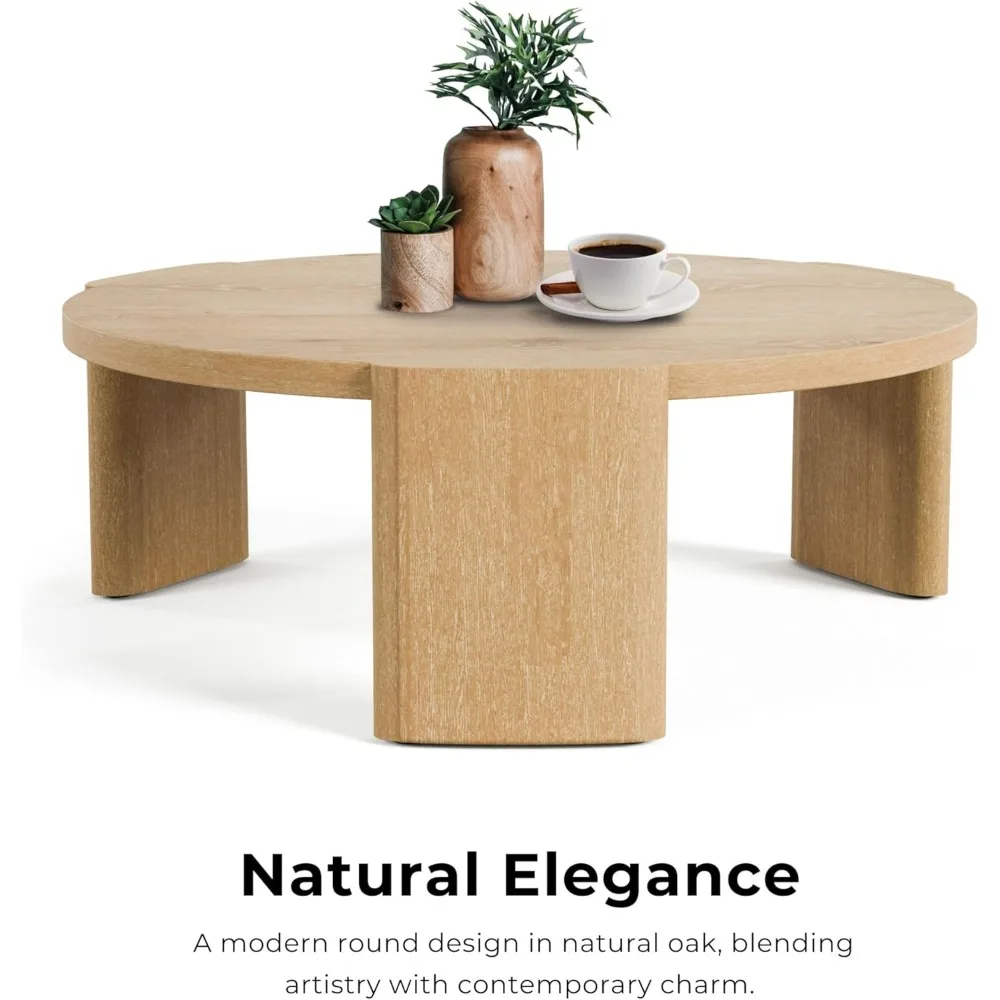
The legacy continues in pieces like our mid-century modern solid wood side end tables, which apply design principles pioneered through teak to create cohesive furniture collections for contemporary homes. The art and science of teak grain furniture design continues to evolve, bridging traditional craftsmanship and modern sensibilities.
Can Teak Furniture Be Considered Truly Sustainable Today?
The question of teak sustainability requires nuanced consideration of both challenges and progress in responsible forestry practices.
Sustainability Challenges
Teak faces significant sustainability hurdles:
- Slow growth cycle requiring 20-25 years before harvest
- Historical overexploitation of natural forests
- High market value creating incentives for illegal logging
- Limited natural range and specific growing requirements
These factors make teak particularly vulnerable to unsustainable practices.
Positive Developments
However, important progress has occurred:
- Establishment of certified teak plantations in Central and South America
- Forest Stewardship Council (FSC) certification providing third-party verification
- Growing market for reclaimed teak from dismantled structures
- Improved efficiency in manufacturing, utilizing more of each harvested tree
For consumers seeking sustainable options, teak can be an environmentally responsible choice when properly sourced. Look for credible certification, documented chain of custody, and transparency about origin. Reclaimed teak represents perhaps the most sustainable option, giving new life to material already harvested decades ago.
When compared to petroleum-based alternatives like plastic furniture, properly sourced teak—with its exceptional longevity and biodegradability—often represents a superior environmental choice from a lifecycle perspective.
How to Identify Quality Teak Furniture: A Buyer’s Guide
For those looking to invest in teak furniture, understanding quality indicators helps ensure satisfaction with your purchase:
Visual Indicators of Quality Teak
- Consistent color: High-quality teak displays an even golden-brown tone throughout (though some natural variation exists)
- Tight, straight grain: Premium teak features close grain lines with minimal irregularities
- Smooth feel: Quality teak has a naturally smooth texture even without excessive sanding
- Weight: Genuine teak feels substantially heavy for its size due to its density
Construction Quality Signs
- Precision joinery: Look for tight-fitting joints with minimal gaps
- Traditional connections: Mortise and tenon joints, dovetails, and finger joints indicate quality construction
- Smooth drawer operation: In case pieces, drawers should slide smoothly without sticking
- Attention to detail: Consistent finishing on hidden surfaces indicates thorough craftsmanship
Warning Signs to Avoid
- Extremely light weight: Suggests potential substitution with lighter woods
- Very low price: Quality teak commands premium prices; suspiciously inexpensive “teak” often isn’t genuine
- Visible filler: Quality teak furniture doesn’t require fillers to mask defects
- Strong artificial finish: High-quality teak typically features oil finishes that maintain natural appearance
Our mid-century modern rectangular coffee tables exemplify these quality characteristics, demonstrating how proper material selection and construction techniques create furniture designed to last generations.
By understanding teak’s remarkable journey from ancient temples to contemporary homes, we gain deeper appreciation for this extraordinary material. Whether appearing in traditional carved pieces or sleek modern designs, teak furniture connects us to centuries of craftsmanship while providing exceptional durability and beauty for daily use. The legacy of teak furniture—with its perfect balance of function, sustainability, and aesthetic appeal—continues to evolve while honoring its rich historical foundations.

